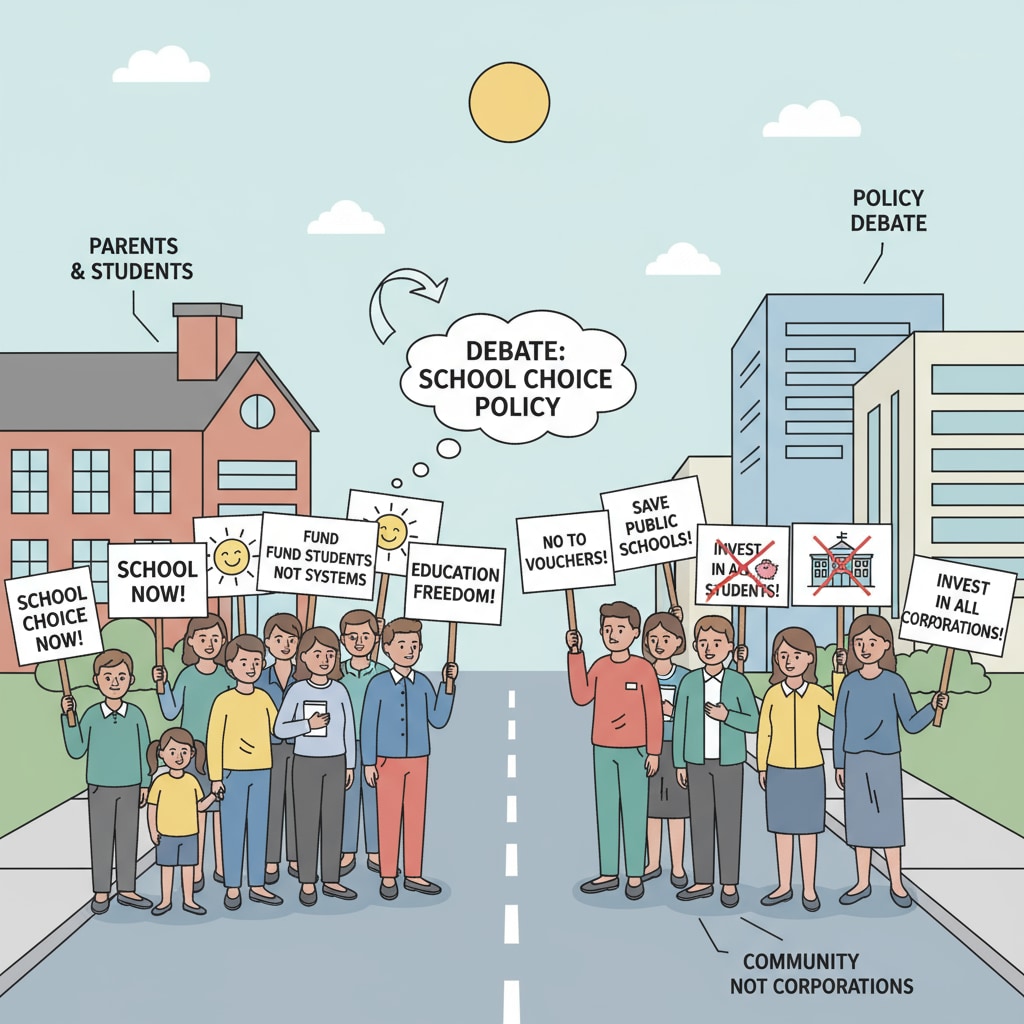School choice, political controversy, and education policy are intertwined issues that have long been at the forefront of educational discussions. The school choice policy, a much-debated educational reform measure, aims to provide parents with more options in selecting schools for their children. However, it has also sparked profound political differences regarding educational equity, resource allocation, and the role of the government.

The Concept of School Choice
School choice refers to the idea that parents should have the freedom to choose the schools their children attend, beyond the traditional neighborhood school assignment. This can include options such as charter schools, magnet schools, voucher programs, and homeschooling. Proponents argue that school choice promotes competition among schools, leading to improved educational quality. For example, charter schools, which are publicly funded but operate independently, can experiment with different teaching methods and curricula. School choice on Wikipedia
The Roots of Political Controversy
The political controversy surrounding school choice mainly stems from concerns about educational equity. Critics worry that school choice may exacerbate existing educational disparities. For instance, voucher programs might allow wealthier families to send their children to more expensive private schools, leaving less resources for public schools attended by disadvantaged students. In addition, there are debates about the role of the government. Some believe that the government should ensure equal access to quality education, while others advocate for a more market-driven approach.

Another aspect of the controversy is resource allocation. When more students opt for certain types of schools, it can lead to uneven distribution of resources. For example, if a large number of students choose charter schools, public schools may face budget cuts, affecting the quality of education for those remaining. This has led to a complex political battle between different interest groups, including teachers’ unions, parents’ associations, and educational policymakers.
Readability guidance: As we can see, school choice policy has both supporters and opponents. The key lies in finding a balance between providing educational choices and ensuring fairness. By understanding the different perspectives, we can better address the issues and move forward in improving the K12 education system. Education policy on Britannica


